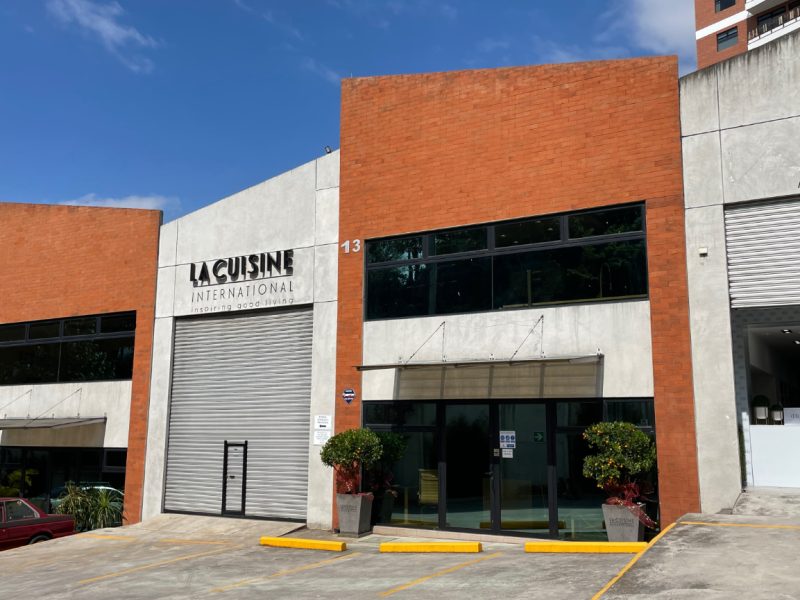
Our Company
Locations
Contact Us
Newsletter
Sign up to receive email updates on the latest products, collections and campaigns.
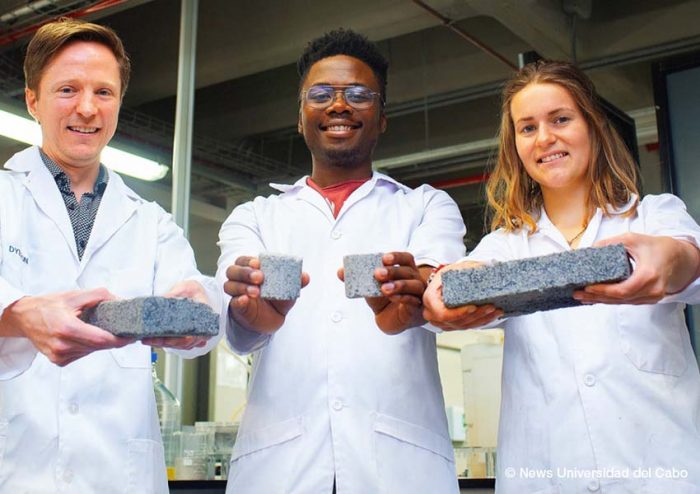
Certainly, bio-bricks are an innovation that joins the enormous proliferation of materials that modern architecture can use to come closer to more ecological construction processes. According to the experts, this first bio-brick made of human urine that was presented by Suzanne Lambert, a student of a master’s program in civil engineering at the University of Cape Town(UCT), will mean a paradigm shift in terms of the recovery of waste.
Regarding the creation of this innovative material, Dr. Dyllon Randall, a tenured professor of water quality engineering and Lambert’s supervisor, explained that bio-bricksare created through a natural process called microbial carbonate precipitation.Professor Randall said that this procedure is no different from the way seashells are formed.
The news of the development of the bio-brick has been very well received by environmentalists and architectural studies oriented towards going green. Unlike common bricks that are baked at temperatures of around 1,400° C and produce large amounts of carbon dioxide, bio-bricks are manufactured in molds at room temperature.
Custom made for the customer
According to information distributed by the University of Cape Town, Lambert and Vukheta Mukhari, aCivil Engineering student, have been working hard in the laboratory, testing various forms of bio-bricks and tensile strengths to produce an innovative construction material.
Thanks to these experiments, the students have been able to state that the strength of the biological bricks would depend on the needs of the customer. “If a customer wanted a brick with a greater resistance in a 40%limestone, we just need to allow bacteria to strengthen the solid by making it grow for a longer period of time,” said Randall.
“The longer you allow the small bacteria to produce the cement, the stronger the product will be. We can optimize that process,” he added.
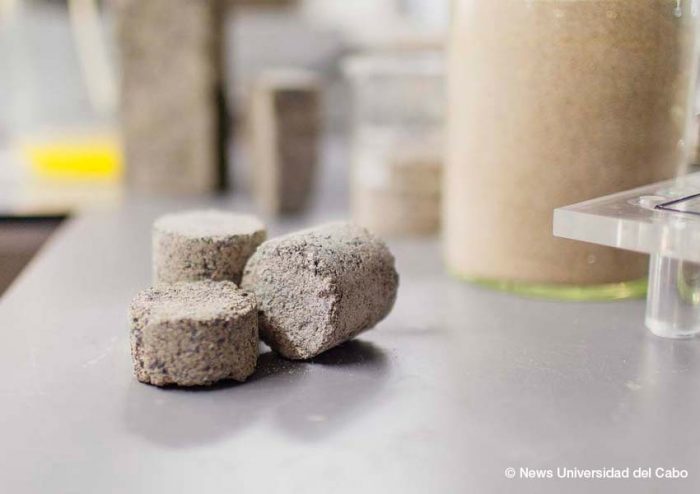
Nothing new under the sun
But the idea of bio-bricks isn’t precisely a new one. In fact, the concept of using urea to cultivate bricks had already been tested in the United States a few years ago. The difference between this first approach to the manufacture of the bio-brick and the brick developed by Lambert, is the fact that the first one was made from synthetic solutions, while the latter uses real human urine.
This implies important consequences for the recycling of waste and recycling in general. Also, the bio-brick process produces nitrogen and potassium as by-products, which are important components of commercial fertilizers.
According to Professor Randall, chemically speaking, urine is liquid gold. The professor explains that about 97% of the phosphorus present in urine can be transformed to calcium phosphate, the key ingredient in fertilizers that support commercial agriculture around the world.
Thus, this invention will not only revolutionize the world of construction and architecture but also create paradigm shifts regarding how society considers waste and the recycling of urine.

Sign up to receive email updates on the latest products, collections and campaigns.
Carrera 9 Nº80-45
Bogotá D.C., Colombia
Monday to Friday: 11:00 a.m. - 07:00 p.m.
Saturday: 11:00 a.m. - 06:00 p.m.
(+571) 432.7408/7493
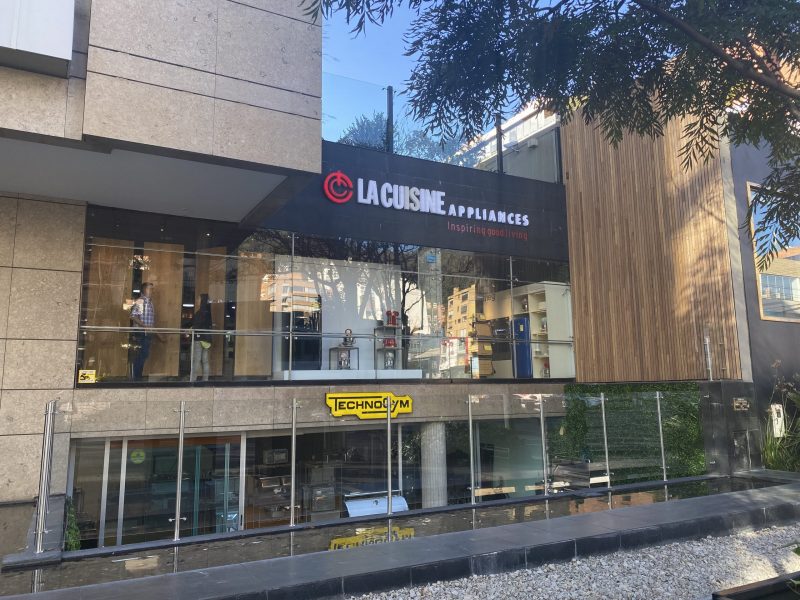
Calle 77 #72-37
Barranquilla, Colombia
Monday to Friday: 08:00 a.m. - 06:00 p.m.
Saturday: 09:00 a.m. - 01:00 p.m.
(+57) 605 352 0851
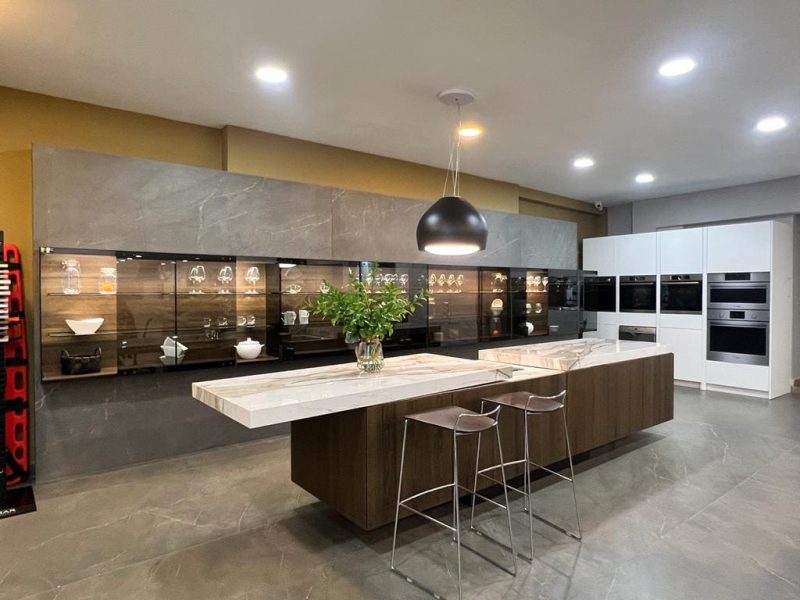
Edificio La Cuisine
Costado Suroeste, C.C. La Paco
Escazú, Costa Rica
Monday to Friday: 09:00 a.m. - 05:00 p.m.
Saturday: 10:00 a.m. - 04:00 p.m.
(+506) 4000.3555
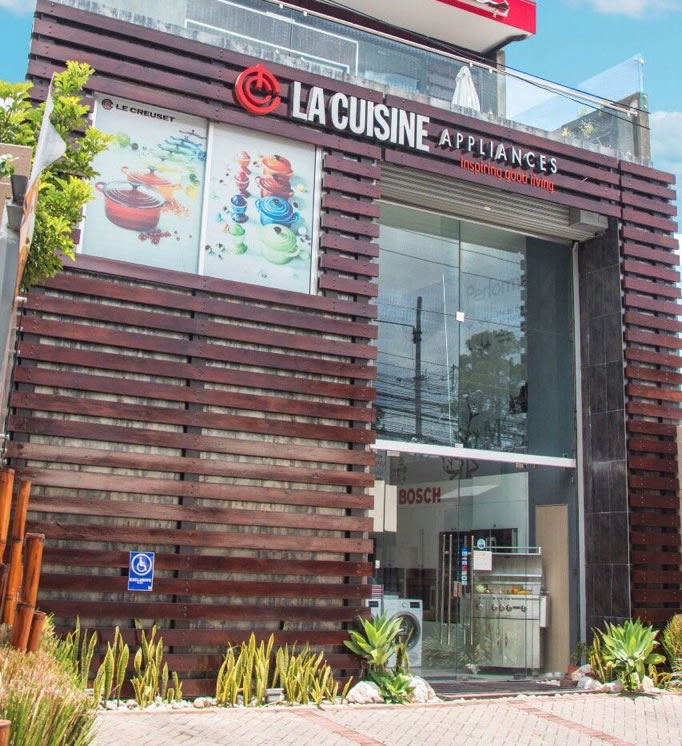
Galerías de Puntacana No. 51
Punta Cana, La Altagracia, R.D.
Monday to Friday: 09:00 a.m. - 06:00 p.m.
Saturday: 10:00 a.m. - 01:00 p.m.
(809) 378.9999

C/Rafael Augusto Sánchez No.22,
Piantini, Santo Domingo, R.D.
Monday to Friday: 09:00 a.m. - 06:00 p.m.
Saturday: 09:00 a.m. - 01:00 p.m.
(809) 378.9999

18187 Biscayne Bvld., Aventura
FL 33160
Monday to Friday: 10:00 a.m. - 06:00 p.m.
Saturdays by appointment.
(786) 322 5432
www.lacuisineappliances.com
sales@lacuisineappliances.com

3232 Coral Way,
Miami FL 33145
Monday to Friday: 10:00 a.m. - 06:00 p.m.
Saturday: 10:00 a.m. - 03:00 p.m
(305) 442-9006
www.lacuisineappliances.com
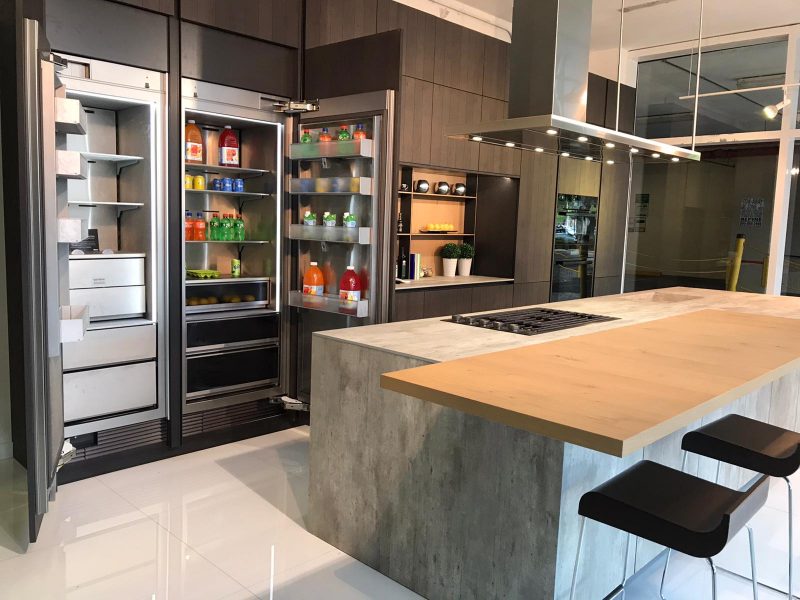
2005 NW 115th Avenue
Miami, FL 33172
Monday to Friday: 09:00 a.m. - 05:30 p.m.
Saturday: Closed
(+1) 305 418.0010
info@lacuisineinternational.com
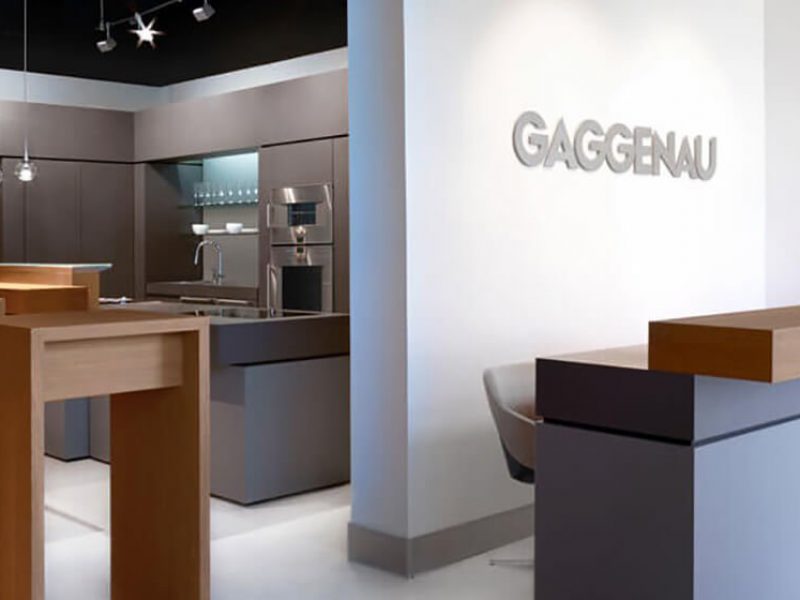
Obarrio. Av. Samuel Lewis,
Addison House Plaza,
Local No.11, Panamá
Monday to Friday: 09:00 a.m. - 06:00 p.m.
Saturday: 10:00 a.m. - 04:00 p.m.
(+507) 265.2546/2547

Av. Caminos del Inca 1603,
Santiago de Surco, Perú
Monday to Friday: 10:00 a.m. – 07:00 p.m.
Saturday: 10:00 a.m. – 01:00 p.m.
(+511) 637.7087

Centro Comercial San Ignacio, Nivel C, local No.5
Caracas, Venezuela
Monday to Saturday: 10:00 a.m. – 07:00 p.m.
(+58) 212 264.5252
(+58) 414 018.5352 (Wholesale)
ventas@lacuisineappliances.com
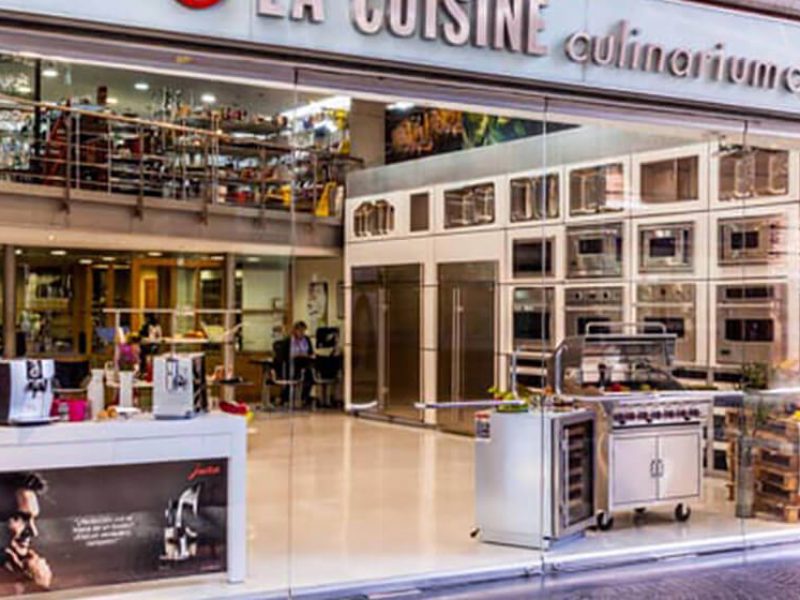
Complejo Pradera Ofibodegas No.13,
20 calle final Z. 10 Km. 6.8 Carretera a Muxbal,
Santa Catarina Pínula, Guatemala
Monday to Friday: 08:00 a.m. - 05:30 p.m.
Saturday: 09:00 a.m. - 12:30 p.m.
(+502) 6671-3400
